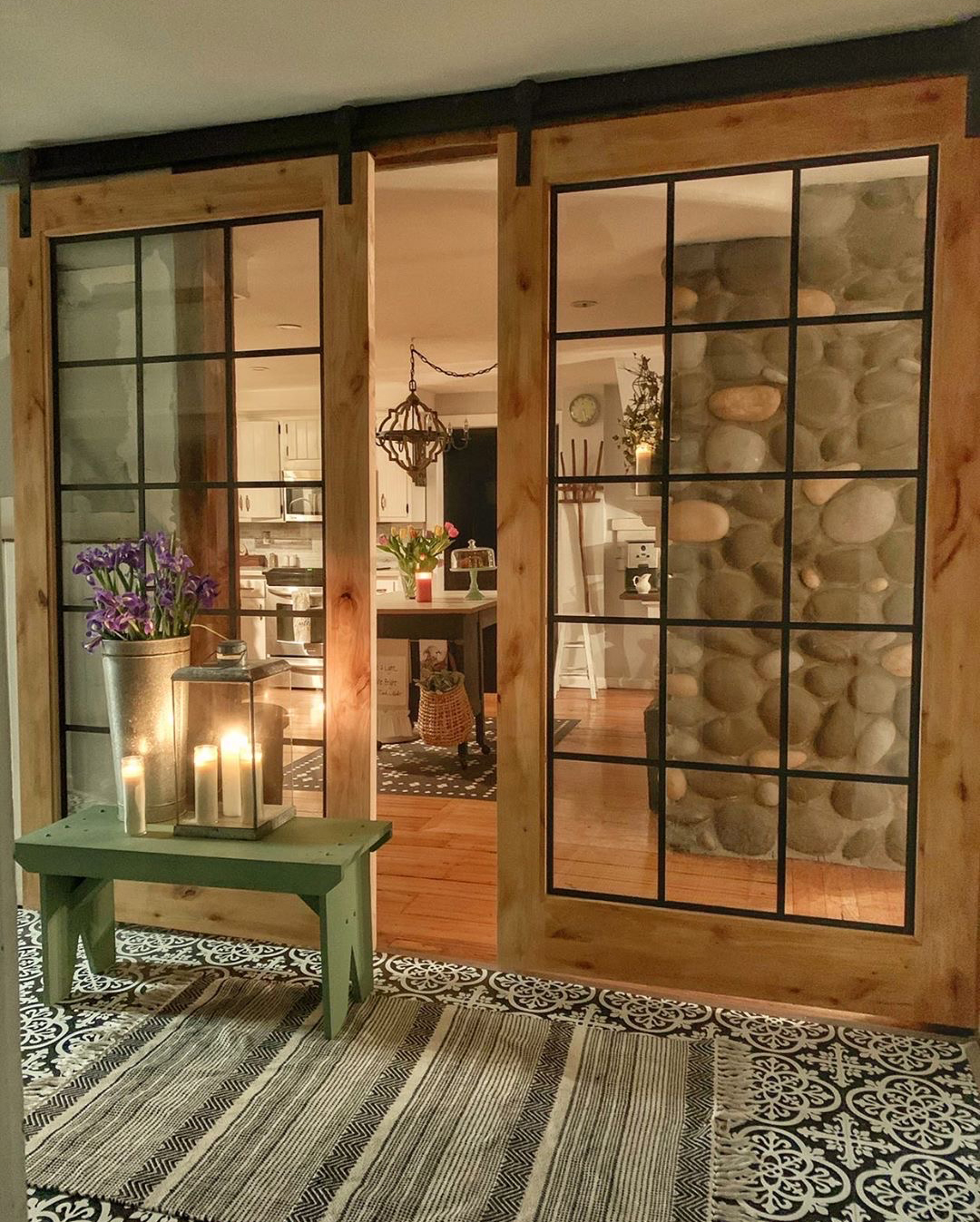1.800.891.8312
800-891-8312
FREE SHIPPING*
Free Shipping Details
Most orders over $500 qualify. Free shipping applies to Barn Door Hardware, Barn Doors, and Pocket Doors over $500.
Note: Front doors, interior doors, shower doors, any oversized door (wider than 3ft and taller than 7ft) and any special order doors have shipping costs calculated at checkout. Some barn door hardware track lengths do not qualify for free shipping.

Answered by Our Experts- What Makes Our Doors Anti-Warping?
Tuesday, June 30th, 2020
Author: Kate Allen - Rustica Founder and CEO
Share

We know you have questions and who better to answer them then our expert craftsmen! Our builders have taken some frequently asked questions and answered them in as much detail as possible. Each week we will be having one of our experts answer a question in our series Answered by Our Experts.
We pride ourselves in the high quality of our doors. We want to bring you the best product possible. You’ve probably heard us say that we use anti-warping wood for our doors. Many people ask how we make our doors anti-warping, so we asked our expert J.D. Rideout to explain.
What Makes Our Doors Anti-warping?
Our doors are designed with multiple key items that help create a strong, durable long-lasting product that is more resistant to warping. The main contributor to this would be our custom in-house manufactured Engineered lumber. The engineered lumber we design consists of many pieces of wood laminated, or glued, together in different orientations to help create a stronger product. These pieces of engineered lumber can be tailor-made in house to most species and thicknesses imaginable. The engineered lumber we create is used primarily for the stiles and rails of the door, or the frame. These pieces making up the framework of the door significantly add to how it retains its shape in the present, along with over the test of time.
Another contributing factor to anti-warping doors would be our precision Mortise and Tenon joinery. The mortise and tenon joint is one of the most commonly used joints in the woodworking industry. This joint involves 2 pieces of lumber that need to be attached together. One side (the tenon) has a protruding edge or finger in some cases, whereas the other side (the mortise) has a slot for the protruding edge to slide into. To be highly effective, the mortise and the tenon need to be near exact opposites of each other. In our applications, these joints are created with precision machinery and tooling that is regularly checked for acceptable tolerances. The tight fit of these joints helps to nearly effortlessly align the stiles and rails of the door together in the correct place.
Other factors that contribute to preventing warping include pre-screening the lumber and sorting out defective warped products. Doing a dry fit and assembling the final product helps ensure that everything goes together smoothly and evenly and does not cause more complications.
Coupling the engineered lumber with precision mortise and tenon joinery, and hand-selected lumber creates a strong, durable finished product for many years to come.
- J.D Rideout, Shop Door Manager
We want you to love your product for years and years, which is why we are so picky about our technique. On the off chance that your door warps, no worries! It probably falls under our warranty.
We hope you’ve learned something from this week’s Answered by Our Experts if you have a question you want answered, share it with us! Who knows, maybe yours will be featured on our next Answered by Our Experts blog post.
Powered by Froala Editor


Rustica Shop & HQ 1060 Spring Creek PlaceSpringville Utah 84663Customer Service & Sales(800)-891-8312

Hitching Post
Event Venue
1520 N Main Street
Springville UT 84663
PRODUCTS
FEATURES
COMPANY
BUSINESS



